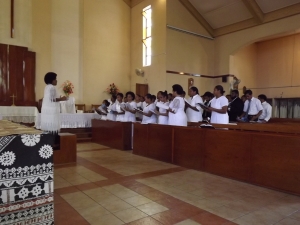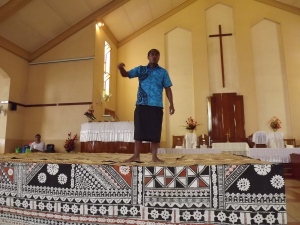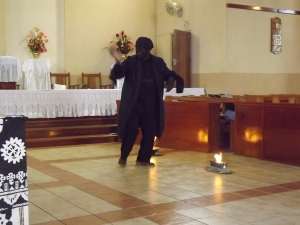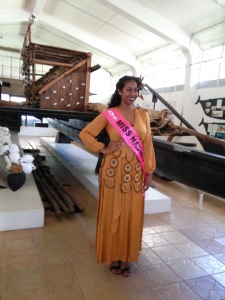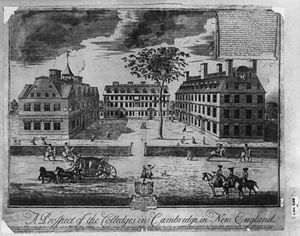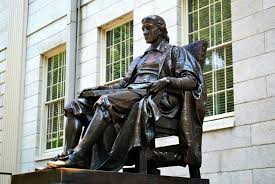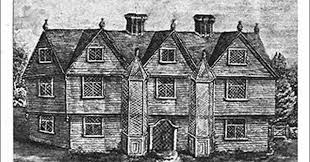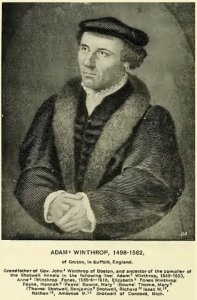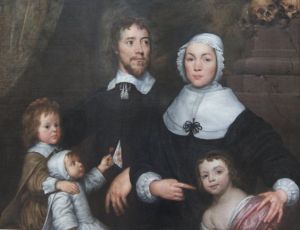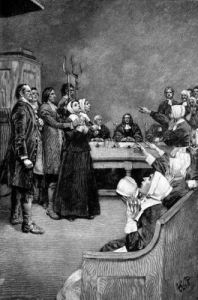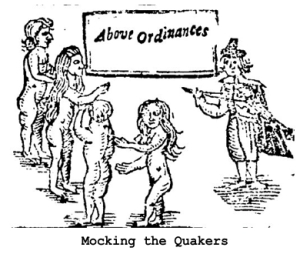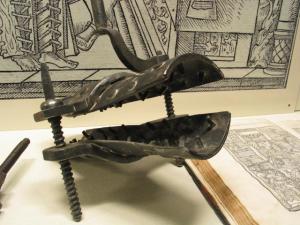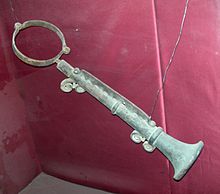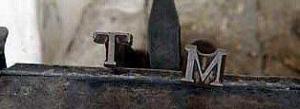Operation Christmas Child Collection week is November 12-19, 2018 Please read this true, inspirational story about the impact of a simple gift of a shoebox!

Told by David*, a National Coordinator for Operation Christmas Child
Serving in mid-western coastal Africa
Written by Donna Gawell
“You are a Christian. We don’t want anything to do with you! Get out of here!” These are words an Operation Christmas Child worker hopes to never hear, especially in a remote Islamic village in Africa. Most people would likely run in the other direction and wonder if they misunderstood God’s directives.
David, a National Coordinator for Operation Christmas Child, praised God as he told the miraculous story of his teams’ journey to bring fifty cartons of OCC shoeboxes to the “Overseas” area in the Northern Region of his country. The area earned its unusual name from the floods that restrict transportation on nearly all of its major and back roads during the rainy season. The region becomes a veritable sea, and boats are required to access it. “Overseas” is also associated with the area’s remoteness, harshness, and deprivation. The inhabitants have little access to quality education and health services.
The Overseas Region is predominantly Muslim and was an unreached area for OCC, but David felt God’s calling to take a team there in 2015. The original group of ten men dwindled to just four after they had discovered the villagers were considered inhospitable and didn’t welcome strangers.
The team included David, a pastor, the National Church Mobilization Coordinator, and a Regional Coordinator, none of whom had ever traveled to this region. They eagerly began their trip from on a hired bus loaded with the Operation Christmas Child cartons. The pastor had two villages in mind and planned to distribute the boxes evenly between them. No one was certain of the villages’ names or the distance and time the trip would demand. They guessed the journey would take about two hours.

Nothing is easy in this part of the world. After a long 4 ½ hour journey by bus, the team arrived at the river thinking the village would surely be nearby. The men were dismayed to learn the remainder of the trip would be by dugout canoe and then on foot. The canoe man’s boat, with only paddles and no motor, could hold only twenty cartons, so they left the other thirty cartons in a dry and secluded area.

As the journey continued, communication became a significant obstacle. People in this country speak fifty-two different languages. English, surprisingly, is the country’s official language. The pastor was the only one who understood the canoe man’s language.
When the OCC team reached their drop-off point, the canoe man arranged for five boys to guide them to the first village. They soon realized the village was much farther than anyone had anticipated despite the advice given by the canoe man. With only nine people to carry the shoeboxes, the team decided to venture on with only five cartons.
At that time of year, the Overseas region is a savanna with few trees and even fewer inhabitants. After their two-hour journey on foot, the team finally discovered a village but was disappointed to learn it was not the target village. Still, the group wanted to bless this small village before they went on.

The stories they had heard about the intimidating nature of the “Overseas” villagers were true. Upon learning the team was Christian, the Imam of the village made it clear that they were not welcome and said, “You are Christians. We don’t want anything to do with you. Get out of here!” The team realized they were considered “new faces” and felt threatened by the hostility of the Imam and the elders. They swiftly departed and ventured on to find their target village.
On the way, the team observed a group of twenty schoolchildren dressed in Muslim clothing walking towards them. David and his team noted the children were afraid and so offered each child a shoebox. The excited children dashed off quickly with their gifts. The four men remained unaware these shoeboxes were destined to be used mightily for the Kingdom.
The weary team continued on the path when voices were heard from a distance. As they turned to investigate, the team observed a group of about eight men coming in their direction. David and the others froze when they realized these were some of the same men who had just ousted them out of their village. The team immediately began praying. They were certain the men from the village were angry about their children’s gifts and had come to beat them up− or worse.
To his astonishment, David noted smiles on the men’s faces as they approached the team. The villagers told the team the Imam wanted them to come back to the village. Even though it was late in the afternoon, the group returned but did not understand this turn of events.
The atmosphere had changed from hostile to one of welcome, and the elders invited the men to sit on a long tree trunk, the place of honor in the village. The team refused, wanting an explanation for this puzzling change of heart.
Everyone in the village was smiling, but the widest smile was on the face of the Imam who only thirty minutes ago revealed a furious scowl. The Imam and elders explained they had examined the shoeboxes the children carried back to the village and decided that these four men meant no harm and that the shoeboxes were “good gifts.” The Imam said, “Only people who were good would give such gifts as these boxes.”
The Imam had lived in the pastor’s home city for 15 years and had learned the local language. The two men could communicate, but the Pastor did not know the language spoken in the village. This situation created a dilemma for the team as the Imam was the only person who could speak directly to the villagers.
The pastor explained that the boxes could only be distributed if he had a chance to tell the villagers about Jesus. The Imam would be required to translate the Pastor’s words into the local language, and he willingly agreed. The Gospel message was delivered to the entire village through their Imam’s own voice. David and the team were confident the Imam accurately translated the Pastor’s words as they observed the reactions from the crowd.
The dry savanna winds had miraculously carried the Holy Spirit beyond the village as about one thousand people, some from the surrounding areas, eventually gathered in this small village. Even another Imam from a neighboring village had come with some of his people to hear what the strangers had to say. The schoolchildren from his village who received some of the shoeboxes had shared the news about the team and the boxes.
The team talked about Jesus using His titles from the Koran referring to Him as the Messiah, the Son of Mary, and the Messenger of God. The Pastor felt God had blessed them with the freedom to speak boldly.
The Pastor and the Imam imparted the Gospel message for over an hour. Then the Pastor asked if anyone wished to receive Jesus Christ as their personal Lord and Savior. Ninety percent of the children and young adults raised their hands. He told them to keep their hands raised, and they repeated the sinners’ prayer together. It was, of course, the Imam’s voice that gave the new believers’ the words they were to repeat.
The large group grew quiet as many of the villagers received Jesus, but all of the elders remained on the bench with their hands down. The Imam showed no outward signs that he wished to receive Jesus Christ on that day, but God was tenderly transforming his heart.
The villagers retrieved the remaining cartons left near the river and all the children in the village received a shoebox. The team then asked for volunteers to teach the children about Jesus. Much to everyone’s astonishment, the Imam was the first one to accept this challenge with four others joining him!
The Pastor and the Regional Coordinator returned to the village just days later with two teachers to train the Imam and other volunteers. Operation Christmas Child provided the resources, food, water, and supplies for the team to stay for one month to disciple the new leaders from the two villages.
The Pastor returned six months later in the fall of 2015. The Imam was no longer a follower of Islam but was now a devoted follower of Jesus. The new congregation worshiped under the roof of a large hut with the new members enthusiastically perched on the ground to hear the teaching each Wednesday and Sunday. The Imam asked the Pastor, “Why don’t you set up a church for us?” Operation Christmas Child praised God for this request and delivered Bibles in the native language of the village, wooden chairs, and other supplies.
One year later, David and another Pastor eagerly returned to see the transformation in the village. The former Imam was no longer wearing his Muslim hat or attire as he led his Christian congregation of 120 people in worship. As the new village Pastor, he was respectful of those who chose to remain Muslims and never pressured or forced anyone to convert.
When he ended his story, David smiled and thanked God, “I knelt on my knees in the village and said ‘God, you can do ANYTHING!’ This is a miracle!”
David’s teams’ arduous journey in 2015 has opened the Overseas area in Africa to receive the Gospel message because of the precious gift of Operation Christmas Child shoeboxes. The local pastor, who travels to this village every three months, reported that the surrounding villages have heard the stories and look forward to a visit from an Operation Christmas Child team. The North Region received four hundred eighty cartons for the 2017 distribution, and we all pray for the impact of the boxes to multiply as the Good News spreads throughout the “Overseas” region.
*This story was told by “David” to Donna Gawell in June 2017 in Columbus, Ohio when he was visiting his family in America. He gave his approval for the story’s distribution. His name and the country, town and villages’ names were changed for his and the village’s protection.
Donna is a Drop Off Center Team Leader for Operation Christmas Child, a ministry of Samaritans’ Purse and a Year-Round Volunteer. Please consider donating packing a shoebox. You can find more information about this international ministry by clicking this link:
Samaritans’ Purse
The photos in this story are representative, and not of the village.

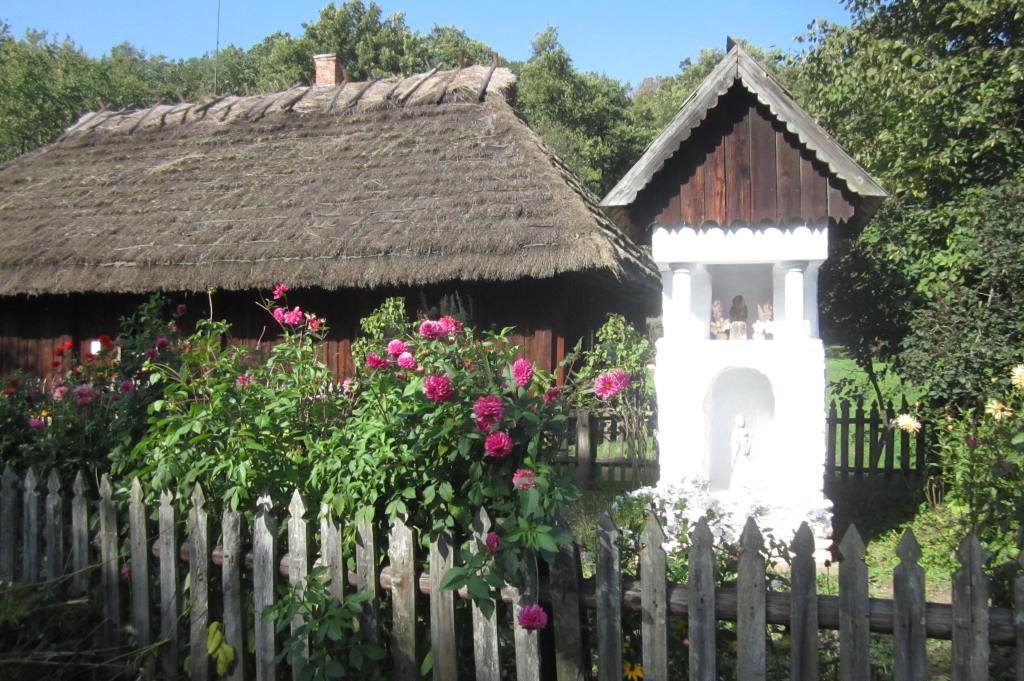

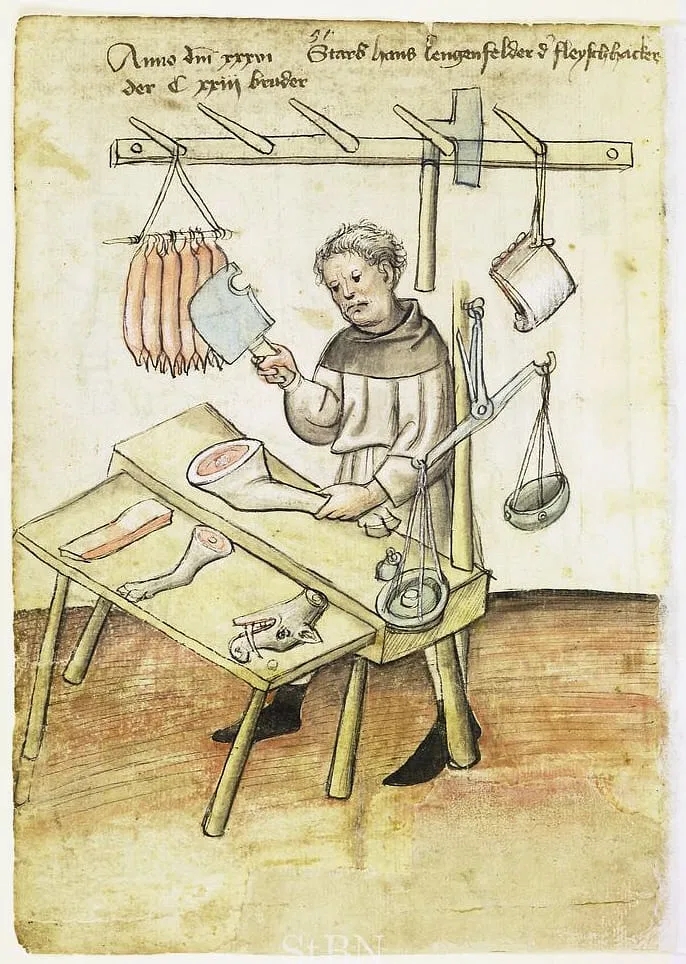






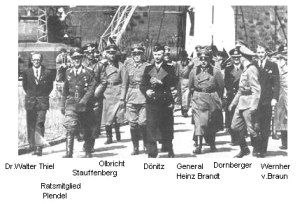






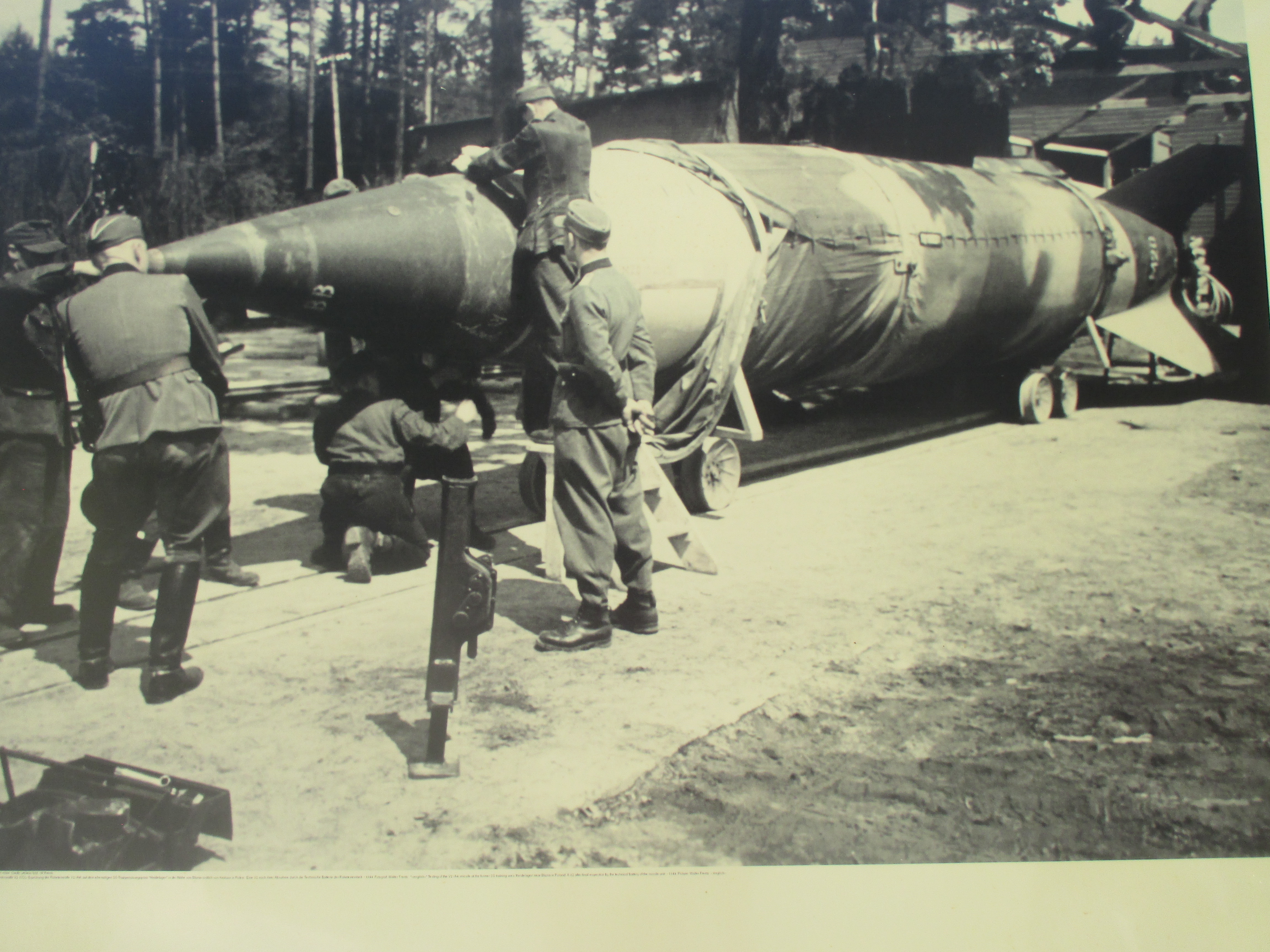














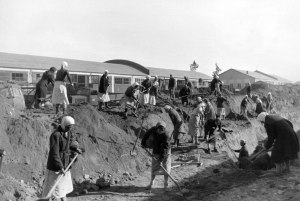
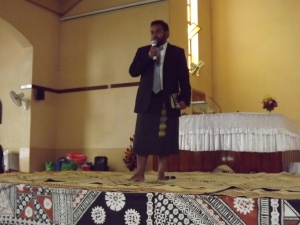

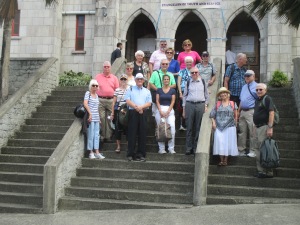
 We had a chance to meet several groups of parishioners before the service, and they were very hospitable.
We had a chance to meet several groups of parishioners before the service, and they were very hospitable.





